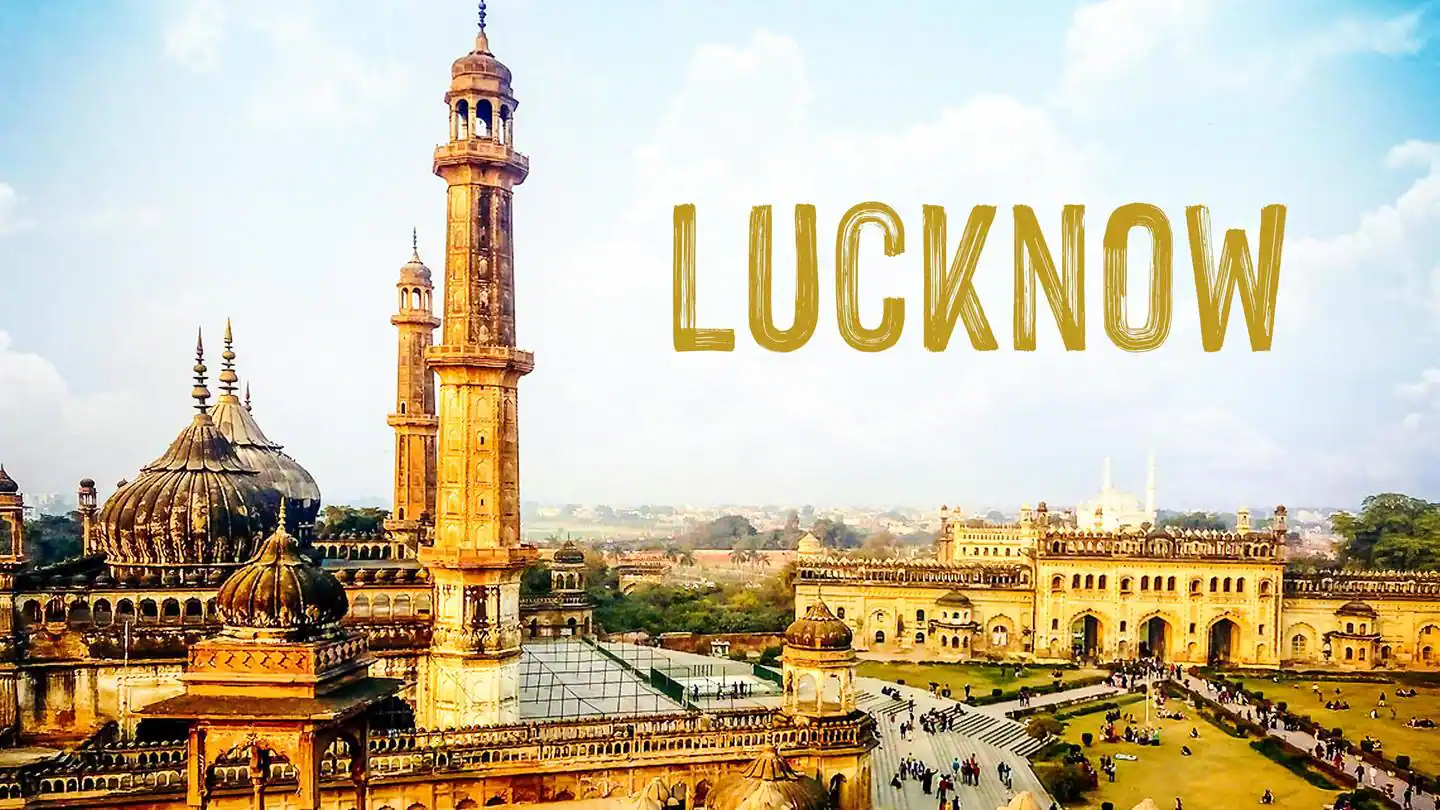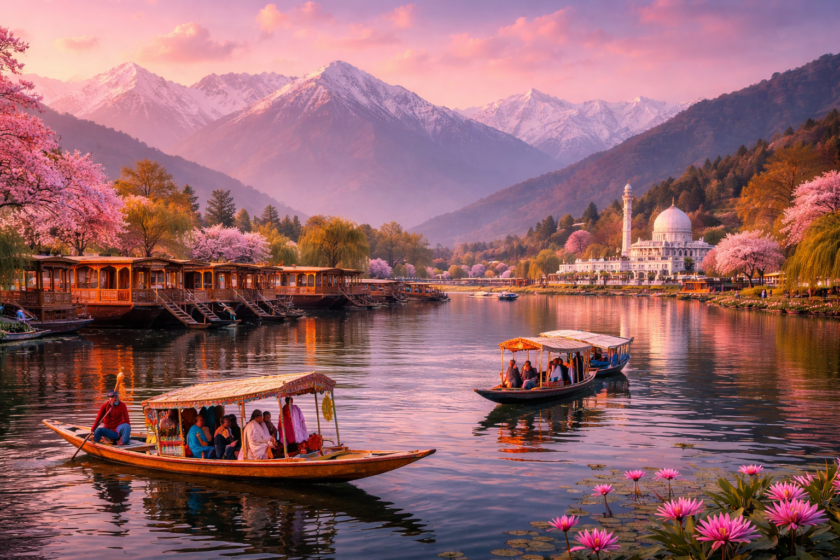Post Views: 1,018
Lucknow: Lucknow, the capital city of the Indian state of Uttar Pradesh, is indeed steeped in history, with a rich cultural and historical heritage that reflects its significant role in various periods of Indian history. Here are some key historical aspects of Lucknow:
Nawabi Era
- Rise of Awadh: Lucknow’s prominence grew significantly during the 18th and 19th centuries when it became the capital of the Nawabs of Awadh. The Nawabs were known for their patronage of the arts, culture, and architecture, transforming Lucknow into a center of Persian poetry, music, dance, and cuisine.
- Architectural Marvels: The city is renowned for its stunning architectural landmarks from the Nawabi era, including the Bara Imambara, Chota Imambara, Rumi Darwaza, and the Residency. These structures exhibit a blend of Mughal and Persian architectural styles.
Colonial Period
- The Indian Rebellion of 1857: Lucknow played a pivotal role during the Indian Rebellion of 1857, also known as the First War of Indian Independence. The city witnessed significant battles and the famous Siege of Lucknow, where British residents and soldiers were besieged by Indian rebels at the Residency for several months.
- British Influence: Post-rebellion, Lucknow came under British control, and the city saw the introduction of Western architectural styles and urban planning. The British left a lasting impact on the city’s infrastructure, education, and administrative systems.
Cultural Heritage
- Ganga-Jamuni Tehzeeb: Lucknow is celebrated for its unique cultural ethos, known as Ganga-Jamuni Tehzeeb, which symbolizes the harmonious co-existence and fusion of Hindu and Muslim cultures. This cultural synthesis is evident in the city’s language, festivals, culinary traditions, and social customs.
- Literary and Artistic Contributions: The city has been a cradle for Urdu literature, with famous poets like Mir Taqi Mir and Mirza Ghalib being associated with Lucknow. It is also the birthplace of the classical dance form Kathak and has a rich tradition of crafts, including Chikankari (embroidery) and Zardozi (gold embroidery).
Modern Era
- Post-Independence: After India gained independence in 1947, Lucknow continued to grow as an important political and administrative center. It has seen rapid urbanization and development while preserving its historical and cultural legacy.
- Educational Hub: Today, Lucknow is also known for its educational institutions, including the University of Lucknow, Indian Institute of Management (IIM), and King George’s Medical University, making it an important hub for higher education and research.
Lucknow’s historical significance, architectural splendor, and rich cultural tapestry make it a fascinating city that reflects the diverse and complex history of India.


---------------------------------------------------------------------------------------------------














